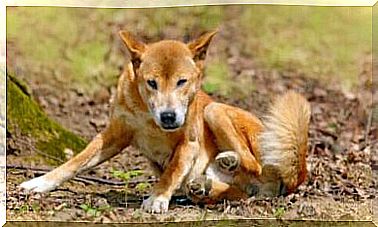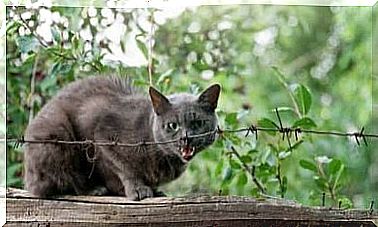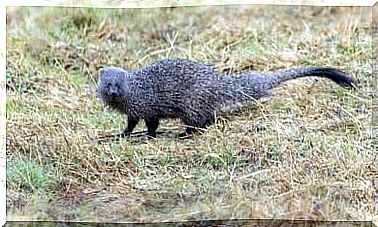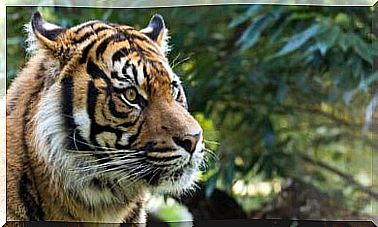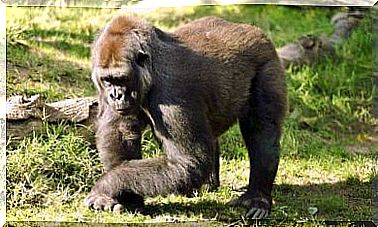Arboreal Animals: 5 Species That Live On Trees
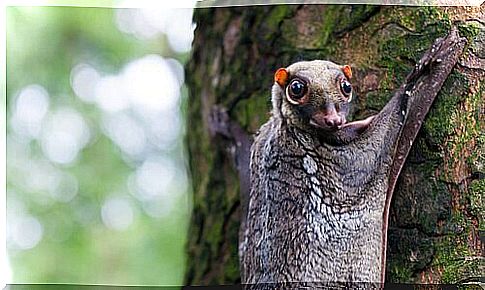
Without trees, life on Earth would not have been possible for many living beings. It is thanks to them that humans and other arboreal animal species have managed to survive in the wild prehistoric world. Among the branches and under the leaves, it is easy to find safety and protection.
Their pivotal role, therefore, goes far beyond their ability to generate oxygen for life. Even today, there are many arboreal animals . Many of these species are truly amazing and in this article we will help you get to know some of them.
Discovering arboreal animals
They are named after the fact that they spend most of their life in the branches. With the growth of trees on the landmass, over the millennia life has evolved and adapted to the height they offered.
They provide natural protection, so it’s no surprise that there are several species that choose to live high up, away from the dangers of the mainland.
Over time, these arboreal animals began to show common characteristics . Such as, for example, the presence of claws or long fingers, essential to facilitate movement.
They also possess a very slender and light physiognomy so that the branches of the trees can support their weight. On average, these particular living beings never exceed 14 kg, as in the case of some species of monkeys.
Many of them have developed camouflage techniques or a fur similar to the colors of the same trees they live on. Additional protection against climbing predators or some birds of prey.
This is why it is difficult to see them in their natural habitat. Furthermore, most of these animals are herbivores, so they do not pose a great risk to human life.
There are many arboreal animals in the world, so we certainly can’t name them all at once. What we can do is introduce you to the most emblematic ones, still existing on the planet.
Flying squirrel
Contrary to what the name might suggest, this particular squirrel is unable to fly. Indeed, its particular ability is to glide from one branch to another.
And it does so thanks to a skin membrane that goes from one limb to the other. They are very common around the world, and over 40 different types of flying squirrels have been documented to date.
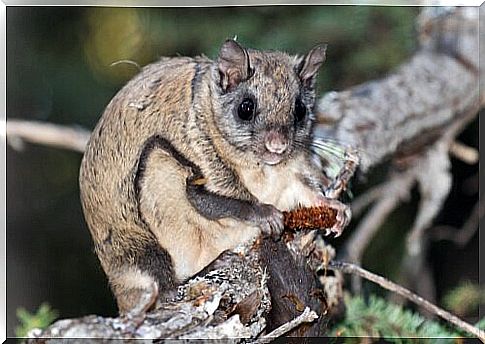
Their diet is largely based on insects, nuts and roots. That is, they are omnivorous animals; in some cases the flying squirrels hunt the birds’ eggs to feed.
Thanks to the fact that they can jump from tree to tree, gliding, they can escape from any danger.
Pygmy anteater
Like their common cousins, pygmy anteaters have an elongated tongue that allows them to catch large numbers of ants. What differentiates them is that the latter live on trees, a somewhat strange fact, but which still allows them to access a good amount of food.
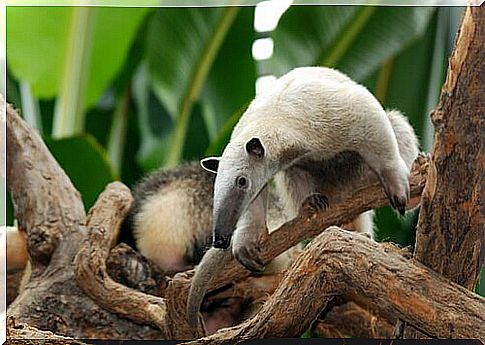
The morphology of these animals varies from land anteaters, since they have large claws on their legs and an elongated tail, which allows them to swing through trees. They are solitary and nocturnal animals, so not much is known about them.
Nebula panther
The clouded panther is perhaps the exception that proves the rule, as regards the ‘standard’ characteristics of arboreal animals. For three main reasons: it is a rather heavy animal (adult males reach 50 kg), it has no claws and it is carnivorous.
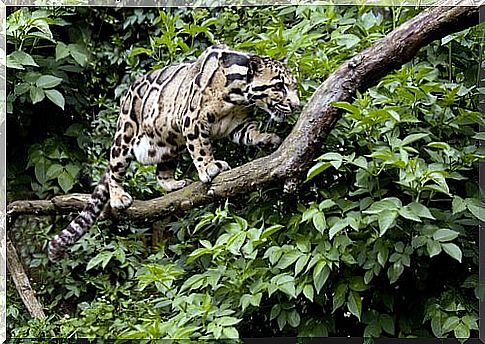
It is an animal that loves to live among the branches of the Asian rainforests, it is able to jump with great precision from one tree to another and, moreover, it can climb the trunks with great skill.
The morphology of these animals is similar to that of other felines, with the difference that their head is more elongated, in contrast to the rest of their body.
Tree kangaroo
This animal is very different from its red or gray ‘terrestrial’ cousins. Mainly due to the considerably smaller size.
These tree-dwelling marsupials have a short snout, small hind legs, and are more like koalas than kangaroos.
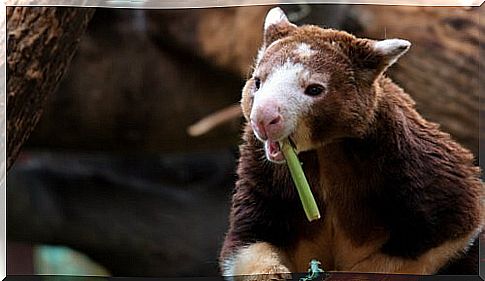
Their fur is short and brown, and they are relatively clumsy as long as they move on solid ground.
It is in the branches of trees that their forelimbs give their best, allowing them to move with extreme agility. Their diet consists of leaves and tree stems and is supplemented with some flowers and seeds.
Sloth
The sloth is perhaps the best known arboreal animal, for its peaceful, friendly appearance and its reputation for being a true professional of rest. But, contrary to what one might think, if he is attacked or in danger, he is able to shoot with the speed of a cat.
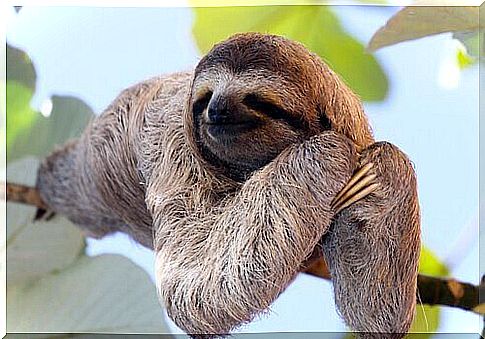
The life flows in a slow but meticulous. He spends a lot of time sleeping to store the energy needed to feed himself and find a new “home”.
To fulfill his physiological needs, he comes down from the tree. After doing so, he covers his needs and sets out to find a new branch to stand on.


